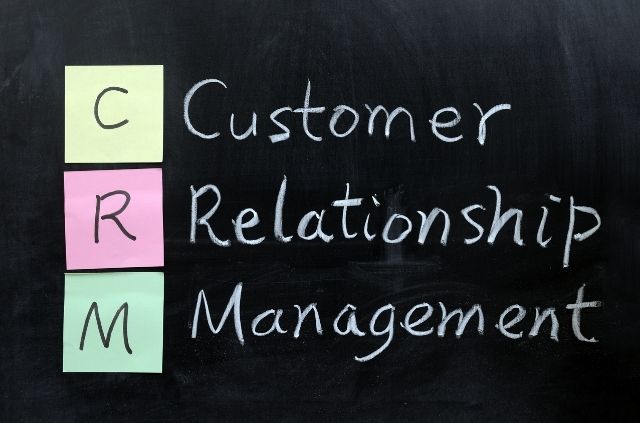Customer Relationship Management
Customer Relationship Management (CRM) is defined as a business and technology discipline that manages the way an organization deals with its customers, in order to enhance revenue, profitability, customer satisfaction, and retention. In short, CRM is about introducing the right product to the right customer at the right time through the right channel to satisfy the customer’s evolving demands.
Customer Relationship Management is not only about companies collecting data about their customers, but it is also about utilizing that data to become more closely aligned with the customer. CRM has to be focused on aligning the business process with customer strategies employed by the firms.
It uses information technology to create a cross-functional information system called CRM information system that integrates and automates a firm’s many customer-related business processes in sales, marketing, and customer services to provide quick, convenient, and consistent service to its customers.
The CRM systems compromise a set of tools that capture customer information from all customer touchpoints (methods of interacting with customers) like e-mail, telephone, fax, retail stores, company’s website, etc.
CRM helps companies in gathering data, identifying customers who have been valuable over a period of time, add loyal customers by offering products and services which are customized. This makes customer service cost-effective and the acquisition of similar customers easier.
But a CRM can not only fail to deliver its intended benefits, but it can also damage long-standing customer relationships. The biggest problem is the assumption that CRM is a software tool that will manage the customer relationship of the company. Customer Relationship Management is a pack of processes held by related software and customer strategy to improve long term customer loyalty and profitability of the company
Points That Need to be Taken Care of Before Implementation of CRM
1. Thorough segmentation analysis forms the basis of CRM which helps in achieving a particular goal of marketing. Software retailers are used by companies to steer their customer approach or they drove a customer strategy that matches the CRM technology they have procured and they may make the fatal error of delegating customer relationship management to their chief information officers.
It is important to have a strategy of customer acquisition and retention in place and see if a Customer Relationship Management software package would be helpful in implementing the strategy.
2. Before CRM technology is installed, a customer-focused organization has to be created to build a better relationship with profitable customers, the company needs to have processes in place which will help meet customer need in a superior way. Customer Relationship Management also affects the existing relationships in and among departmental, product, or geographic structures and these internal structures will have to be restructured to focus the customer.
It is important to simplify the customer interface and improve the old processes. So before CRM is rolled out, the company should have adopted customer-centric philosophy, changed the structure and processes so that they are focused and customer needs, and in general make the whole organization more sensitive to customers’ needs.
3. It is assumed that CRM has to be technology-intensive. The objective of CRM can be fulfilled without the installation of a high-tech solution if a company has highly motivated employees who are aware of and sensitive to customer needs.
Smart companies employ low-tech, mid-tech, and high-tech solutions to implement their customer strategy. It may send handwritten thank you notes to customers after they have used their services, it may install a system to answer customer queries and it may design products that will repair themselves. A company should start by adopting the lower-tech alternatives first and gradually use more sophisticated technologies.
4. In their fervent quest to build a relationship with their customers, companies end up building wrong customer relationships or relationships build incorrectly with the right customers. It is wrong to try to build relationships with all the existing and potential customers.
A company may want to build a relationship with affluent customers, but these customers may not want to build a relationship with the company, and any effort to pursue them will alienate them further. It is important to tailor the communication method and the type of relationship to each customer that the company wants to pursue.
Companies have made many mistakes in the implementation of Customer Relationship Management. Customer needs were ignored and only processes that performed faster were focused on. They were under the impression that the involvement of the top management was not required cross-functional coordination and that IT managers could handle it. They felt that employees would buy the software which would naturally lead to the required organizational change.
If companies can avoid these pitfalls, the implementation of Customer Relationship Management can be profitable for the company as well as its customers.

